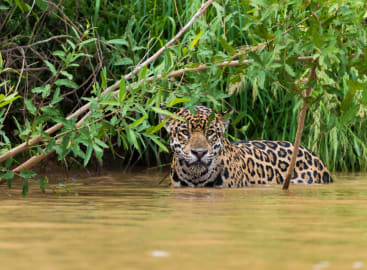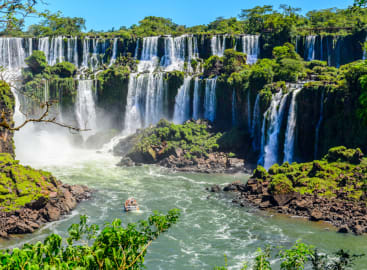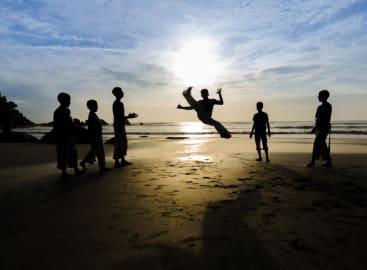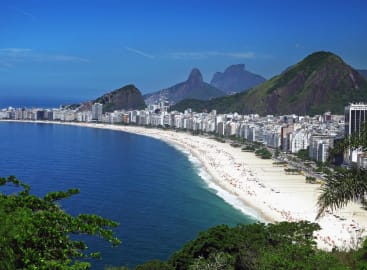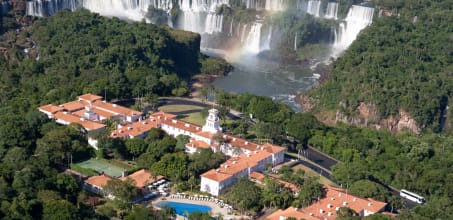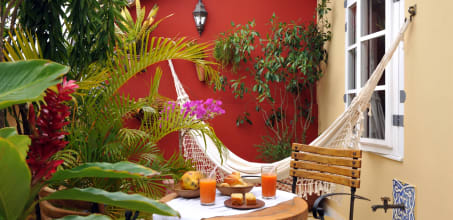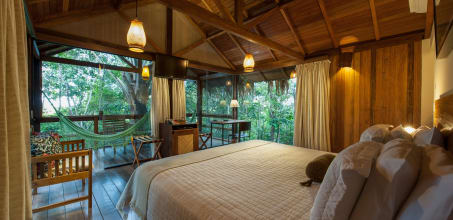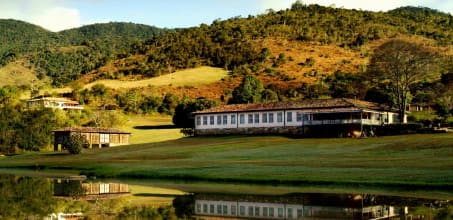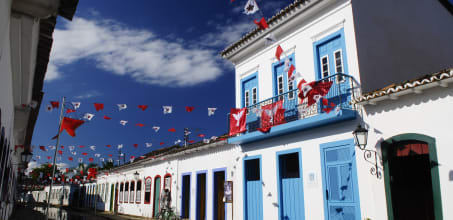Luxury Brazil Holidays 2024/2025
Making up half of the South American continent, Brazil is a diverse land of staggering natural beauty. A trip to Brazil offers stunning beaches, the Amazon rainforest, the wildlife-rich Pantanal wetlands, the mighty Iguassu falls and the vibrant cities of Rio De Janeiro, Sao Paulo and Salvador. With so many things to do and places to see Brazil has an endless allure and tempts visitors to return t

Our Brazil travel specialists have designed a fantastic range of Brazil tours, selected the very best hotels in Brazil, curated the highlights of Brazil and can advise you on the best time to visit. Find out more online or contact our team to start planning your tailormade Brazil holiday.
Top Tours in Brazil
We’ve travelled the length and breadth of Brazil and tested every possible route to enable us to curate itineraries that work absolutely seamlessly, taking in the country’s many highlights at just the right pace. Packed with unique experiences and handpicked hotels, our trips deliver unforgettable travel moments.
Top Hotels in Brazil
Our specialists have travelled every inch of Brazil and stayed in countless hotels so that we can recommend only the very best ones to match your preferences. Whether you want to stay at the hottest property in the area or are looking for somewhere with rustic charm, our handpicked selection of hotels has every angle covered.
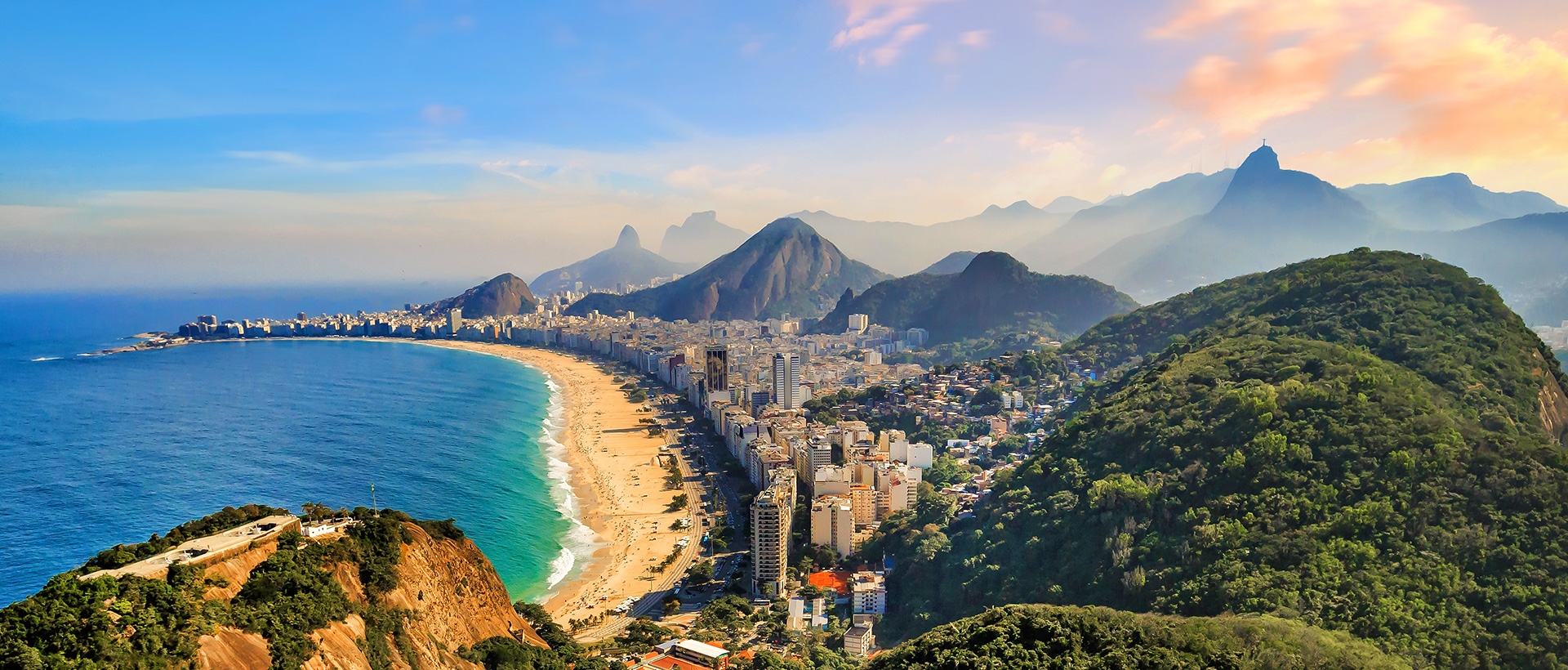
Our team of travel specialists are waiting to help you book your next adventure.
